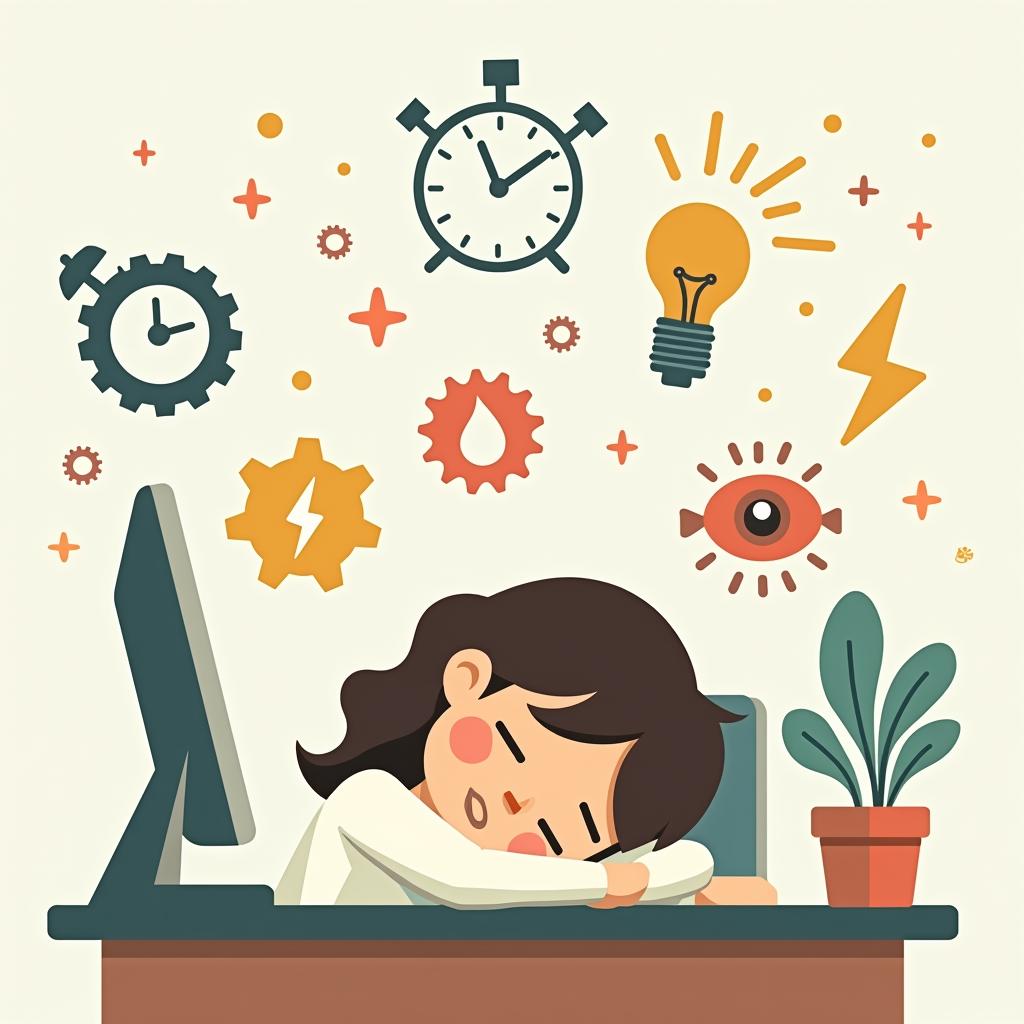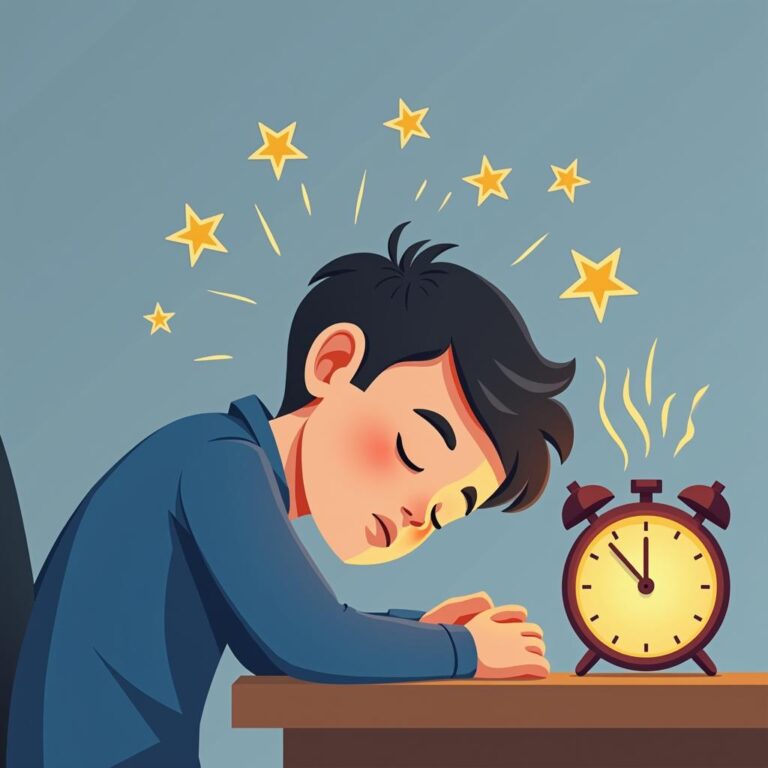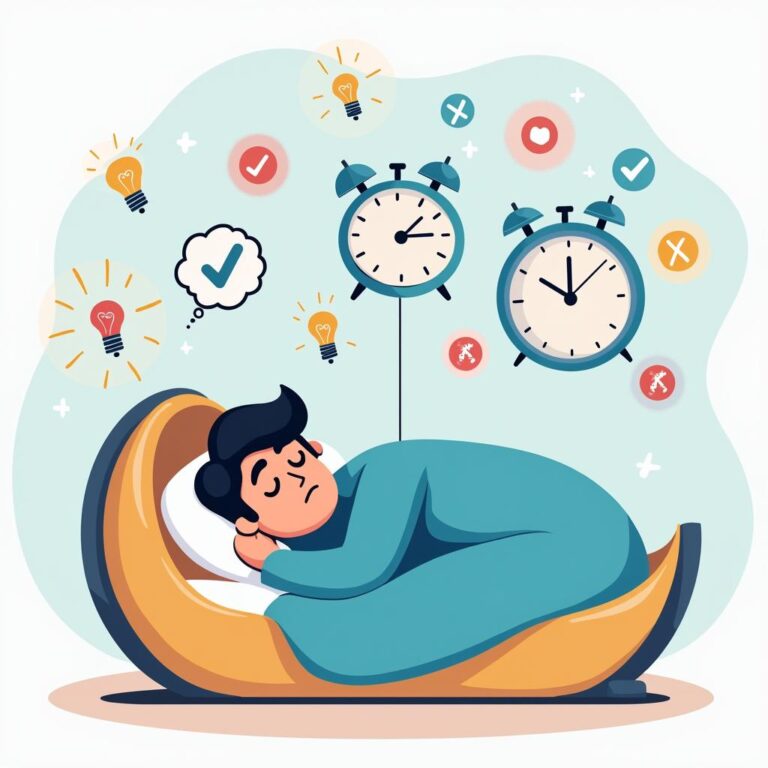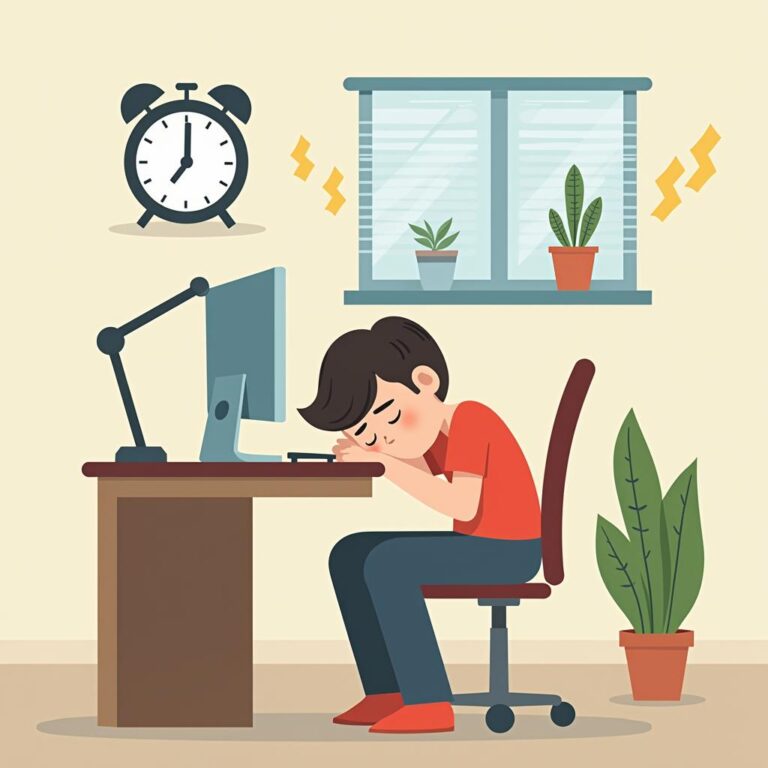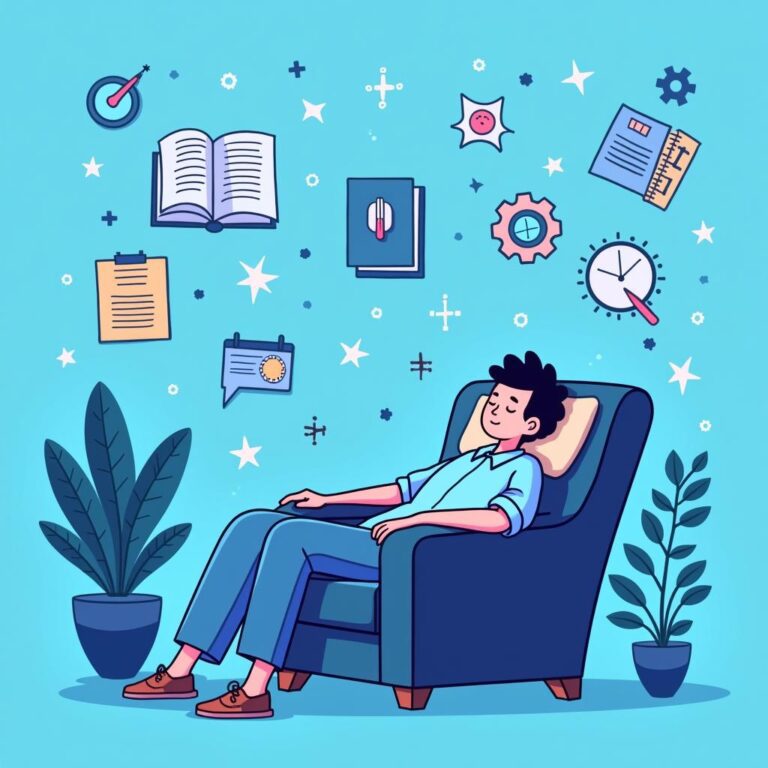In today’s fast-paced work environment, maintaining high energy levels and productivity can sometimes feel like an uphill battle. One effective way to combat midday slumps is by incorporating power naps into your work routine. But how to take productive power naps at work? This guide will walk you through the benefits of power napping, the best practices for taking one at work, and some tips to ensure that your power naps leave you recharged and ready to tackle the rest of your workday.
Understanding the Benefits of Power Naps
Before we dive into the how-tos, it’s crucial to understand why power naps can be so beneficial for your productivity:
- Enhanced Alertness: A quick nap can significantly boost your alertness and help combat the post-lunch dip many employees experience.
- Improved Cognitive Function: Studies show that a brief nap can improve memory retention and problem-solving skills, making it easier to perform tasks and think creatively.
- Stress Reduction: Napping helps lower stress levels, allowing you to return to your tasks with a clearer mind.
- Increased Productivity: With enhanced alertness and cognitive function, your overall productivity can increase, leading to better work outcomes and job satisfaction.
Choosing the Right Time for a Power Nap
The timing of your power nap can significantly affect its efficacy. Here are some tips on when to nap:
- Mid-Afternoon Preference: The ideal time for a power nap is usually between 1 PM and 3 PM, coinciding with the natural decline in energy that many experience after lunch.
- Avoid Late Naps: Napping too late in the day can interfere with your nighttime sleep, leading to a cycle of fatigue.
Finding the Right Environment
One of the main challenges of napping at work is finding a suitable environment. Follow these tips to create the perfect napping space:
- Quiet Area: Look for a quiet part of the office, such as a break room, conference room, or even your car. If noise is an issue, consider using noise-canceling headphones or earplugs.
- Comfortable Position: Ensure that you can recline or lie down comfortably. A good chair with neck support or a small pillow can help in this regard.
- Darkness: Using an eye mask can block out light, making it easier for you to fall asleep quickly.
How Long Should You Nap?
The length of your nap is crucial for maximizing its benefits without entering deep sleep. Here’s a quick guide:
- 20 Minutes: A brief 20-minute power nap is often recommended as it allows you to rest without entering the deeper stages of sleep, leaving you feeling refreshed and alert.
- 60 Minutes: If you have a bit more time, a 60-minute nap can help you access deeper sleep stages and assist with memory retention.
- Avoid Napping Over 90 Minutes: Longer naps can result in grogginess as you may enter a deeper sleep cycle, which can disrupt your day.
Techniques for a Productive Power Nap
Even with the right environment and timing, nap techniques also play a critical role. Here are some suggestions to help you fall asleep faster and wake up refreshed:
- Set an Alarm: Use your phone or an alarm clock to set a timer for your desired nap length. This prevents oversleeping and helps keep your nap within specified limits.
- Relaxation Techniques: Try deep breathing or visualization exercises to help calm your mind and body before sleeping.
- Stay Hydrated: Drink enough water throughout the day, but avoid excessive fluids right before your nap to minimize interruptions.
Maximizing Energy After Your Nap
Waking up feeling groggy? It’s essential to ease back into your work smoothly. Here are some methods to regain your energy:
- Stretching: Take a few minutes to stretch your body after waking. This helps increase blood flow and get your muscles relaxed.
- Drink Water: Hydrating yourself with water can help combat grogginess and enhance alertness.
- Fresh Air: Step outside or open a window for fresh air, which can invigorate your senses and help you feel more awake.
Addressing Potential Concerns
Some workplaces may have cultural or policy issues regarding napping. Here’s how to handle potential concerns:
- Communicate Openly: If you feel comfortable, discuss your napping habits with your supervisor to ensure they understand your need for occasional rest.
- Be Discreet: If your workplace culture is less accepting, it may be beneficial to nap discreetly and keep it low-key while adhering to your schedule.
Conclusion
Incorporating short power naps into your work routine can offer significant benefits for your productivity and overall well-being. By choosing the right time, environment, and techniques, you can maximize the positive impact of your naps. Embrace the power of napping as a tool to recharge and seize the day with renewed energy and focus!

